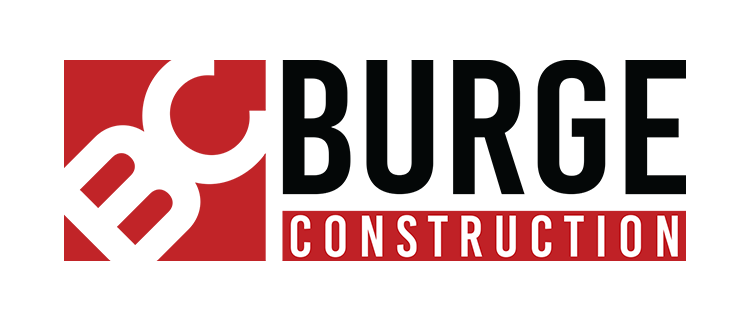The High Cost of Construction
The cost of construction is rising. According to a recent analysis by the Associated General Contractors of America, unprecedented price increases for various goods and services used in the industry pushed up contractors' costs by 26 percent from June 2020 to June 2021. It's no surprise that association officials are alarmed by these rising prices since they prevent construction firms from reaping the benefits of a reopened economy.
As listed in the report, specific price index increases in the last year for various materials include the following:
Lumber and plywood prices doubled
Steel mill products increased 87 percent
Copper and brass mill shapes rose 61 percent
Aluminum mill shapes grew by 33 percent
Plastic construction products rose 22 percent.
Gypsum products such as wallboard increased 18 percent.
Prepared asphalt, tar roofing, and siding products climbed 12 percent
Insulation materials rose 10 percent
In addition to these rising materials costs, transportation and fuel prices have also increased along with a 15 percent jump for freight truck transportation and delivery surcharges. Add to this the current labor shortage dilemma, and you have an industry that's growing more expensive and struggling to maintain its bottom line, much less make a profit. It must determine how to cut down on operating costs. But how? Following are six tips on what construction crews and building owners can do to reduce costs.
1. Develop a Project Plan with Budget-Minded Limits
When planning your project, the first thing you can do is create a budget-minded project plan that considers all elements of your project. This means accounting for everything from fuel costs to workers’ time and productivity. Developing and following this budget requires commitment and consistency and asks that you not ignore any aspect of the job. If you see one area of your project running over budget, you can explore how to cut back to remain on track. While this kind of focus may cost you some time initially, it will help you conserve costs in the long run.
2. Consider Buying in Bulk, Alternative Materials
Avoid paying retail by purchasing materials in bulk. Even better, consider alternative or recycled materials. Recycled steel is an excellent example – although refined and reused, it's structurally sound and reliable for decades. Other alternative materials include recycled wood, plastic, and concrete – these have been repurposed and reinforced. You can also investigate innovative materials like fabric structures. Tension fabric buildings can be used for sheds, warehouses, and homes.
3. Streamline Communication
It takes a village to do many things, including building a home or a commercial building. Multiple parties are involved with every construction project, from laborers to vendors to clients. For this reason, you need to communicate regularly with everyone to ensure they are all on the same page. We mention using alternative materials as a cost-cutting measure. But it will cause problems if you don’t advise your clients of this prior to using them. If you are clear about your expectations and methods with all concerned you will save not only time but money. And you will earn your colleagues’ respect, which is priceless.
4. Reduce Excess Construction Waste
Saving the planet one carbon footprint at a time should be the goal of all, and construction companies are no strangers to this. You can work sustainably and responsibly by reducing excess waste, monitoring your energy usage, and utilizing more eco-friendly labor practices. Think about using prefabricated building materials or techniques. Or consider renting your equipment. If your team uses its equipment less than 40% of the time, renting is the smarter option. And just think of how much time and money you’ll save by no longer having to maintain your older, less used equipment.
5. Eliminate Change Orders
Last-minute changes or fixes – also known as change orders – can arise from client requests or during final inspections. By including an interim review period, you can avoid abrupt changes. This way all parties involved can keep moving to completion with a minimum of distractions or lost time.
6. Renegotiate Sub-Contractor Pricing
Nothing is static in our constantly changing world. So take the time during jobs to reevaluate what you’re paying to sub-contractors and third parties. Chances are supplies or resources may have changed in price since you last purchased them. If they decreased in price you’ve just found another way to save money.
Cutting Costs Not Quality
By following these tips, you can reduce operating costs without sacrificing quality. Seeking out alternative materials, employing sustainable business practices, enhancing communication between all members of your team, and sticking to a budget-minded project plan will help your bottom line and satisfy your clients' needs.
How Burge Construction Can Help You Cut Costs
With over 40 years of experience, Burge Corporation is all too familiar with unexpected cost increases. We love guiding clients through the building process while eliminating unforeseen costs. Because we are a small, family-owned business, we provide highly individualized attention to each project. Call us today at 949-492-1175 to find out what we can do for you.

